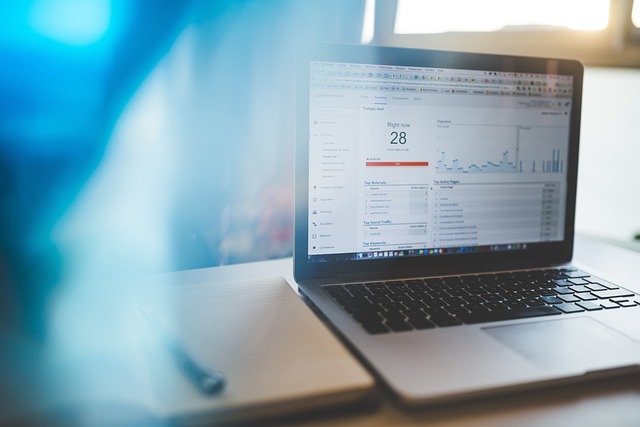AI seafood freshness monitoring systems revolutionize the industry by predicting optimal delivery times for fresh, high-quality seafood through data-driven algorithms. These solutions streamline supply chains, minimize waste, and enhance customer satisfaction, particularly for health-conscious diners. While implementation challenges include initial costs and data privacy concerns, these advanced systems offer precise demand forecasting and inventory management, transforming restaurant operations and providing exceptional culinary experiences.
In the rapidly evolving culinary landscape, Artificial Intelligence (AI) is revolutionizing the way we perceive and deliver seafood. AI seafood freshness monitoring systems offer unprecedented control over product quality, ensuring diners receive fresh, safe meals. This article delves into the pivotal role of AI in maintaining seafood freshness, explores smart delivery time estimates for optimal quality, and examines the benefits and challenges of implementing these innovative systems.
- Understanding AI's Role in Seafood Freshness Monitoring
- Implementing Smart Delivery Time Estimates for Optimal Quality
- Benefits and Challenges of AI Seafood Freshness Systems
Understanding AI's Role in Seafood Freshness Monitoring

AI plays a pivotal role in revolutionizing the seafood industry by introducing advanced seafood freshness monitoring systems. These intelligent systems utilize machine learning algorithms to analyze various data points, such as temperature, humidity, and time elapsed since capture, ensuring optimal food safety and quality. By continuously assessing these factors, AI models can predict and communicate precise delivery time estimates, helping restaurants maintain fresh inventory.
This technology enables efficient supply chain management, allowing establishments to order seafood just-in-time, reducing waste and costs. Moreover, real-time monitoring ensures that seafood is delivered at peak freshness, enhancing customer satisfaction and fostering a sustainable culinary experience.
Implementing Smart Delivery Time Estimates for Optimal Quality

Implementing smart delivery time estimates is a game-changer for any seafood restaurant aiming to serve fresh, high-quality dishes. AI seafood freshness monitoring systems play a pivotal role in optimizing this process. By leveraging advanced algorithms and real-time data, these systems predict the ideal window for delivering each type of seafood, ensuring optimal taste, texture, and nutritional value.
This precision allows restaurants to fine-tune their delivery schedules, reducing waste and enhancing customer satisfaction. With smart estimates, seafood can be delivered just before it needs to be prepared, maintaining its freshness and providing diners with a truly exceptional culinary experience.
Benefits and Challenges of AI Seafood Freshness Systems

AI seafood freshness monitoring systems offer numerous benefits for restaurants, from improved food quality to enhanced customer satisfaction. By leveraging machine learning algorithms and sensors, these systems can predict when seafood will reach peak freshness, enabling precise ordering and inventory management. This ensures that dishes are prepared with the most vibrant ingredients, appealing to health-conscious diners who value fresh, sustainable options. Moreover, real-time data provided by AI systems allows restaurants to minimize food waste, as they can accurately anticipate demand and adjust their supplies accordingly.
However, implementing AI seafood freshness monitoring systems comes with its own set of challenges. Initial setup costs can be high, requiring significant investment in technology and training. Additionally, maintaining the accuracy of these systems necessitates regular calibration and updates, as seafood quality is influenced by various environmental factors that AI models must learn to account for. Data privacy and security are also critical concerns, as sensitive information about inventory levels and customer preferences must be protected to avoid breaches and maintain trust.
AI seafood freshness monitoring systems offer a promising solution for maintaining optimal quality in seafood delivery. By leveraging advanced algorithms, these systems can predict and track spoilage rates, ensuring that seafood arrives fresh and safe to consume. Implementing smart delivery time estimates further enhances this process, allowing restaurants to optimize their operations and provide consistent, high-quality meals. While challenges exist, such as data accuracy and system integration, the benefits of AI seafood freshness systems are undeniable, promising a future where every bite is not only delicious but also sustainable.
